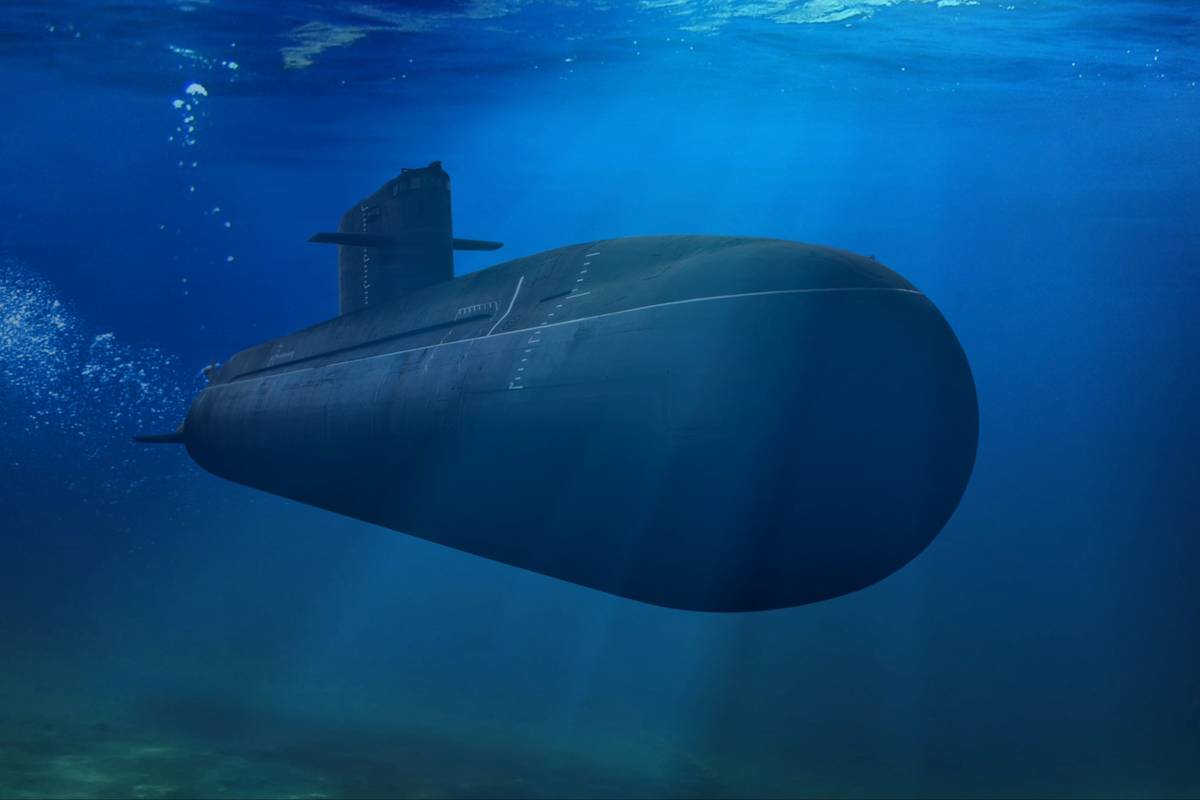
A method for transmitting multi-channel phase shift keying (PSK) signals using a serial peripheral interface (SPI) bus
Dr. Yahong Zheng and her team are advancing underwater wireless communication through the development of a new acoustic modem capable of real-time, high-data transmission. Unlike conventional systems that send information slowly across long distances, Zheng’s approach supports short-range, high-speed sharing of images and video, opening new possibilities for underwater monitoring and exploration. The team’s prototype—combining MIMO technology and Turbo equalization algorithms—has demonstrated exceptional performance. Through her startup, Sea-Gal Technologies, Zheng is now moving toward commercialization, aiming to deliver efficient, cable-free communication solutions that can benefit ocean research, offshore infrastructure, and sustainable aquaculture.
Background
Underwater wireless communication presents many challenges due to limited bandwidth, unpredictable ocean environments, and the need for phase shift keying (PSK) signals.
Many edge computing devices, such as Raspberry Pi and NVIDIA Jetson, provide convenient interfaces to camera inputs that have the potential for underwater video transmission. However, control of these general‑purpose input/output ports is constrained by the limited capability in timing and phase, therefore they cannot transmit the necessary PSK signals.
Technology Overview
This invention consists of hardware circuits and software programs that utilize the serial peripheral interface (SPI) bus on general-purpose computing devices to generate multi-channel passband PSK‑modulated signals for wireless communications.
The SPI bus on these devices is able to achieve accurate timing control and passband signal modulation with a minimum external circuit, allowing for real‑time underwater video transmission over 200 meters distance.
The system integrates various components, including a Raspberry Pi camera and NVIDIA Jetson, and uses multiple-input multiple-output (MIMO) configurations, specifically 8-by-8 or 4-by-4, with 200 kHz transducers.
Benefits
- A low‑cost solution for advanced wireless communication tasks.
- Adaptable across various computing platforms with SPI buses.
- Utilizes advanced MIMO configurations for enhanced data transmission.
- Supports distances up to 200 meters with potential for further extension.
- Integrated with cutting-edge technology for real-time video processing and transmission.
- Adaptable to various underwater conditions with potential for real-world applications.
Applications
- Underwater research and exploration.
- Submarine communication systems.
- Marine biology and environmental monitoring.
- Underwater surveillance and security.
- Offshore structure maintenance and inspection.
